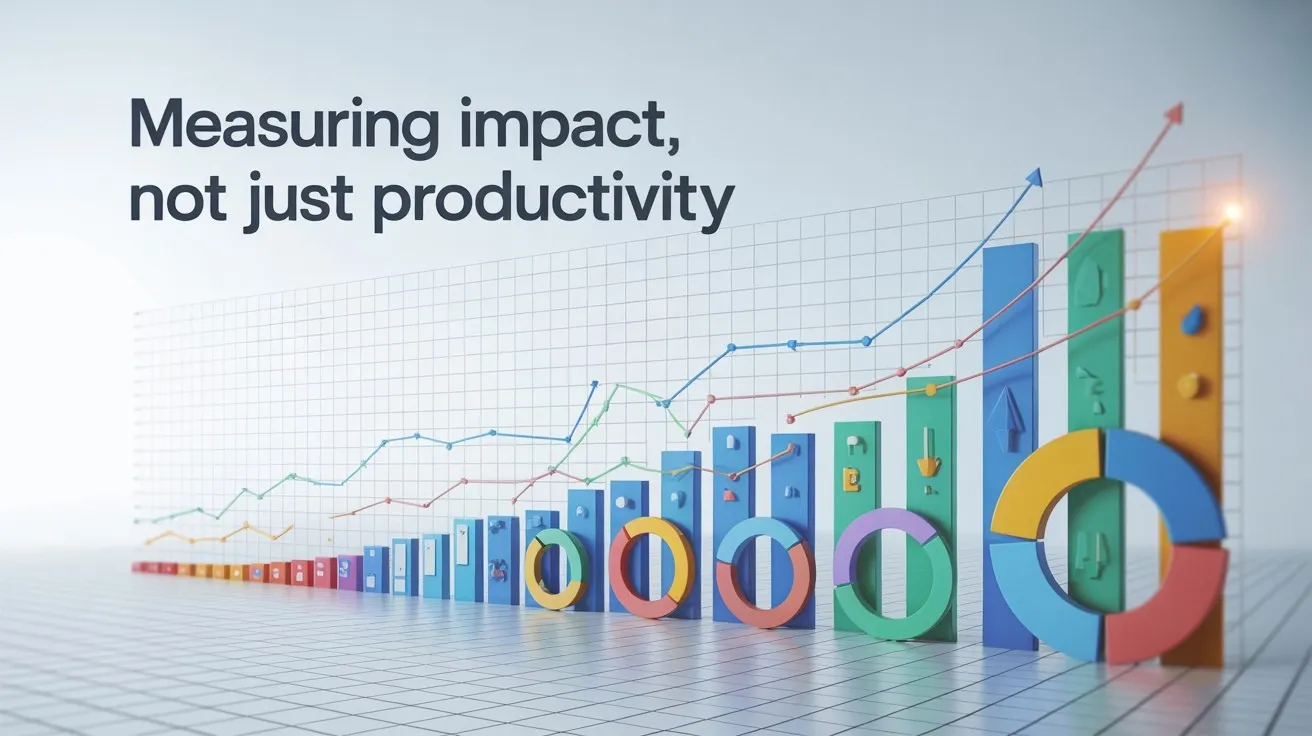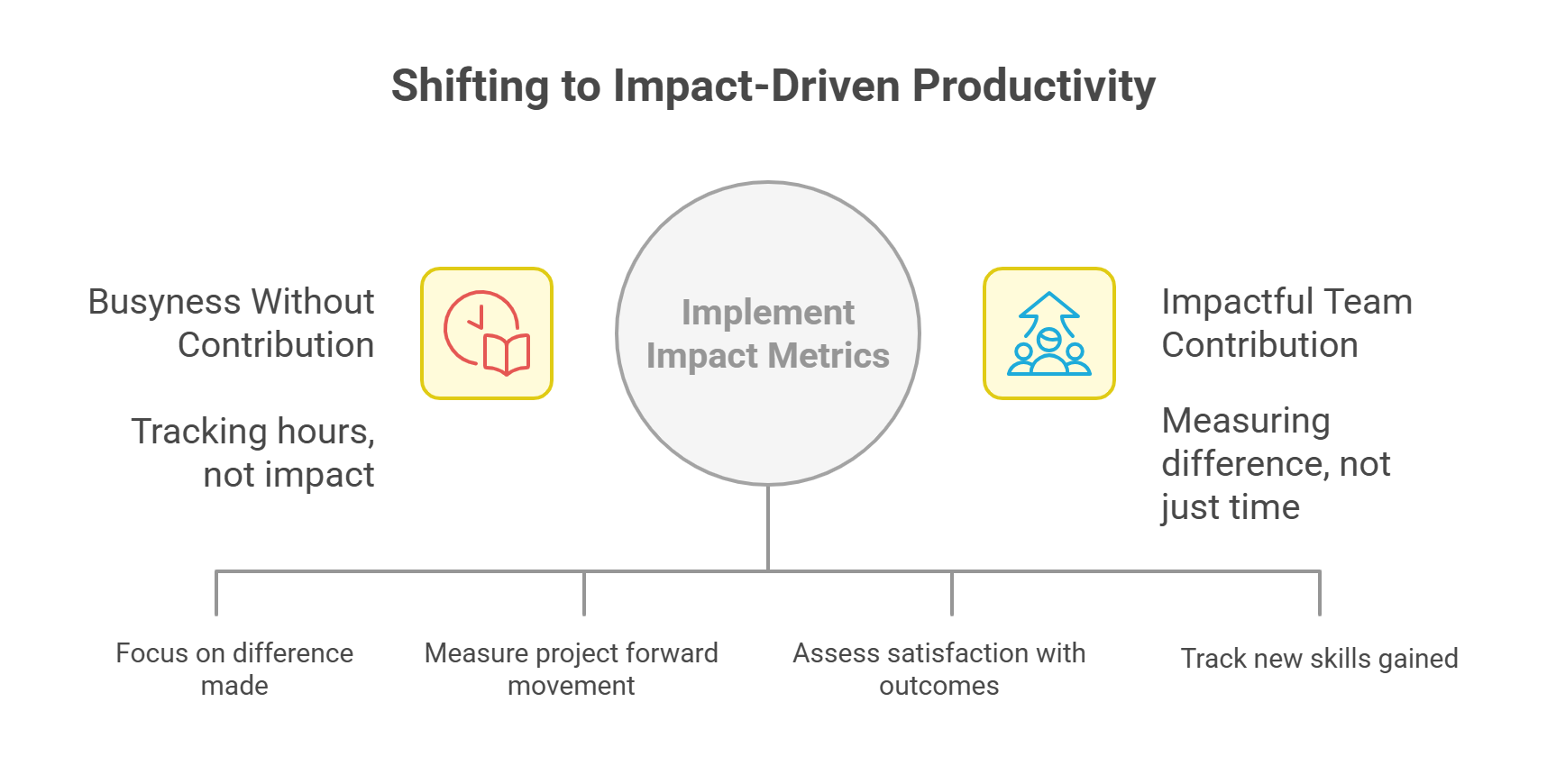We Stopped Measuring Productivity and Started Measuring Impact - Game Changer

There was a time when I thought productivity meant staying busy. At least this is how our entire team used to work.
We always had dashboards full of activity logs, task counts, and online hours. Everyone seemed active, yet somehow, our results didn’t match our effort. I can remember, we used to slip deadlines more often. Even the creativity and motivation of work were getting worse.
That’s when I thought, maybe we are following the wrong pattern of work. Maybe we are measuring productivity in the wrong way?
So, we stopped tracking how much work was being done and started focusing on what impact that work was creating.
And that shift? It changed everything.
Rethinking What Productivity Really Means
The first thing I did was sit down with my leads and ask, “What are we really achieving from all this busyness?”
We looked at our old reports, where we can see our tracked work hours, completed tasks, and even how many meetings we attended. But one thing we realized was that none of them truly showed our team’s contribution.
But when you want to grow a team, you need to track, analyze, and improve the way your team contributes to your company. And, unluckily, we have been missing that certain thing!
So, we got to a point to change that entire scenario.
That’s why we changed the question. Instead of “How much time did we spend?”, we started asking, “What difference did that time make?”

That’s when we introduced impact-driven metrics like:
- Project success rate – Did the work actually move the project forward?
- Client or stakeholder feedback – Were people genuinely happy with the outcome?
- Learning and growth indicators – What new skills or improvements did each person gain?
Track what matters most to your business
Using the Right Tool Was a Plus
To understand our productivity impact more effectively, we adopted an employee monitoring software to understand the work patterns. Our goal was to find where we could help our employees to do their best work.
It helped us identify when teams were at their most focused, where time was being lost, and which projects created the most value.
Soon, data started showing interesting patterns. We could see detailed data on when an employee was most productive or when someone’s deep focus was blocked. So, that gave us an idea of how to assign tasks to individuals.
See real insights, not just activity logs
The Calm After Chaos
When we stopped counting how many projects were submitted, everything about how we worked began to change.
People started focusing on doing things that actually brought results and created real value instead of just checking boxes. Our meetings became shorter and more meaningful. Everyone got more engaged in team activities, and the conversations became clear and focused. There were no long discussions, no wasted time. Everyone just engaged in teamwork that helped us move faster and make every effort matter.
After two months of this new implementation, we prepared a report. Here’s what we’ve achieved:

Turn team activity into measurable results
Closure
When we started measuring our employee work impact, we realised this is what makes a company move forward. Not by measuring how much work you have done.
It’s a great approach that allows you to see what efforts actually bring results. You can also identify which tasks added real value and which ones were simply keeping your employees occupied. In the end, you can work more on making your team more focused, motivated, and productive.
So, let your team make valuable progress by measuring their work impact, not by calculating their productivity.
Start measuring impact with the right tools